The Six Mother Sauces: A Beginner’s Guide To French Cuisine
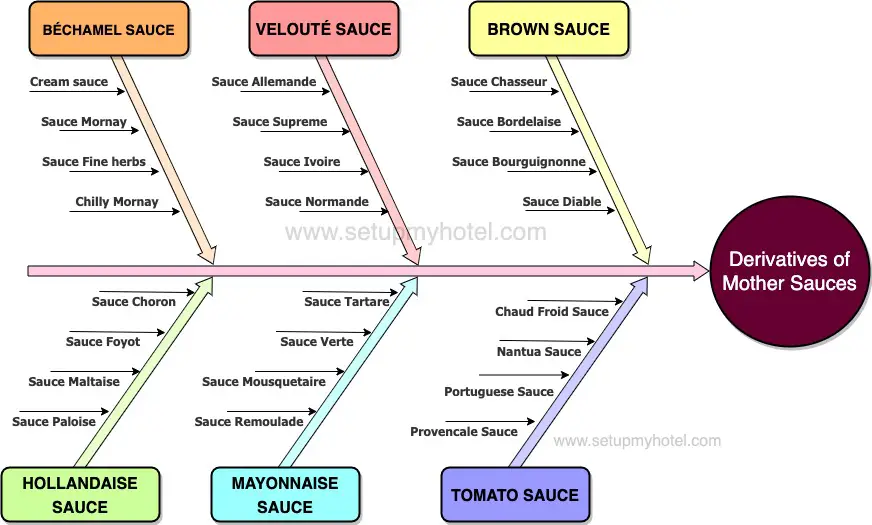
Derivatives of Basic Mother Sauce’s Basic mother sauces are the foundation of French cuisine and consist of five sauces: Béchamel, ...
Read more
Purpose And Function Of Sauces In Culinary Work
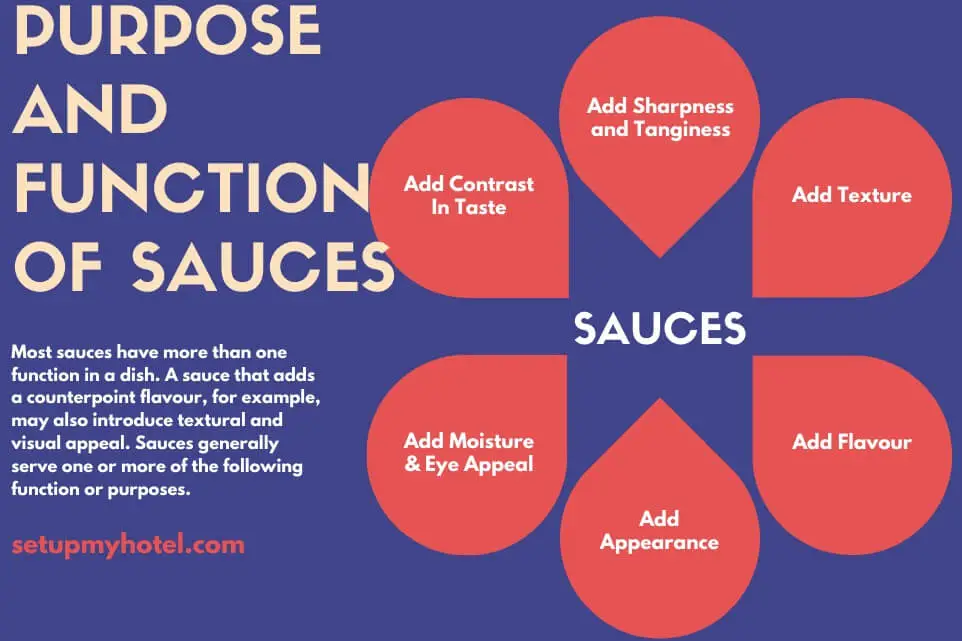
The Purpose and Function of Sauces in Culinary Work Sauces play an essential role in culinary work. They serve as ...
Read more
Classification Of Sauces Or Types Of Mother Sauces
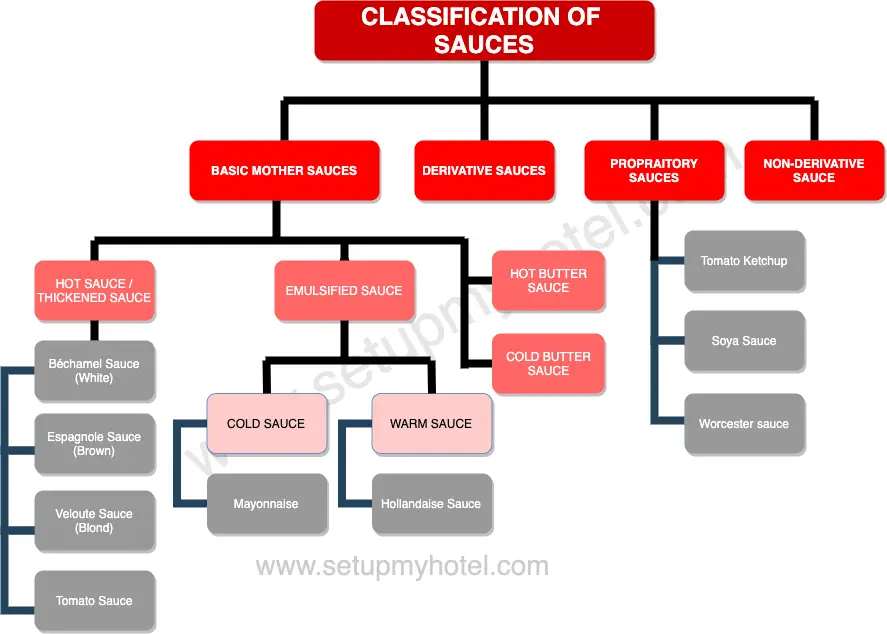
Classification of Sauces or Types of Sauces Sauces are a crucial component of many cuisines worldwide, adding flavor, depth, and ...
Read more
19 Types Of Eggs

Types of eggs Eggs are a staple in many households and come in different varieties. The most commonly consumed eggs ...
Read more
Kitchen Equipments Maintenance Tips For Chefs

Maintenance Tips for Kitchen Equipment Keeping your kitchen equipment in good working order is essential to ensure that your restaurant ...
Read more
7 Tips And Tricks For Food Plate & Platter Arrangement – Hotels | Restaurants

Plate & Platter Arrangement Tips and Tricks For Chef’s 1. Keep food away from the plate’s rim. The meal is supposed ...
Read more
The Basic Factors Of Food Presentation – Hospitality Industry
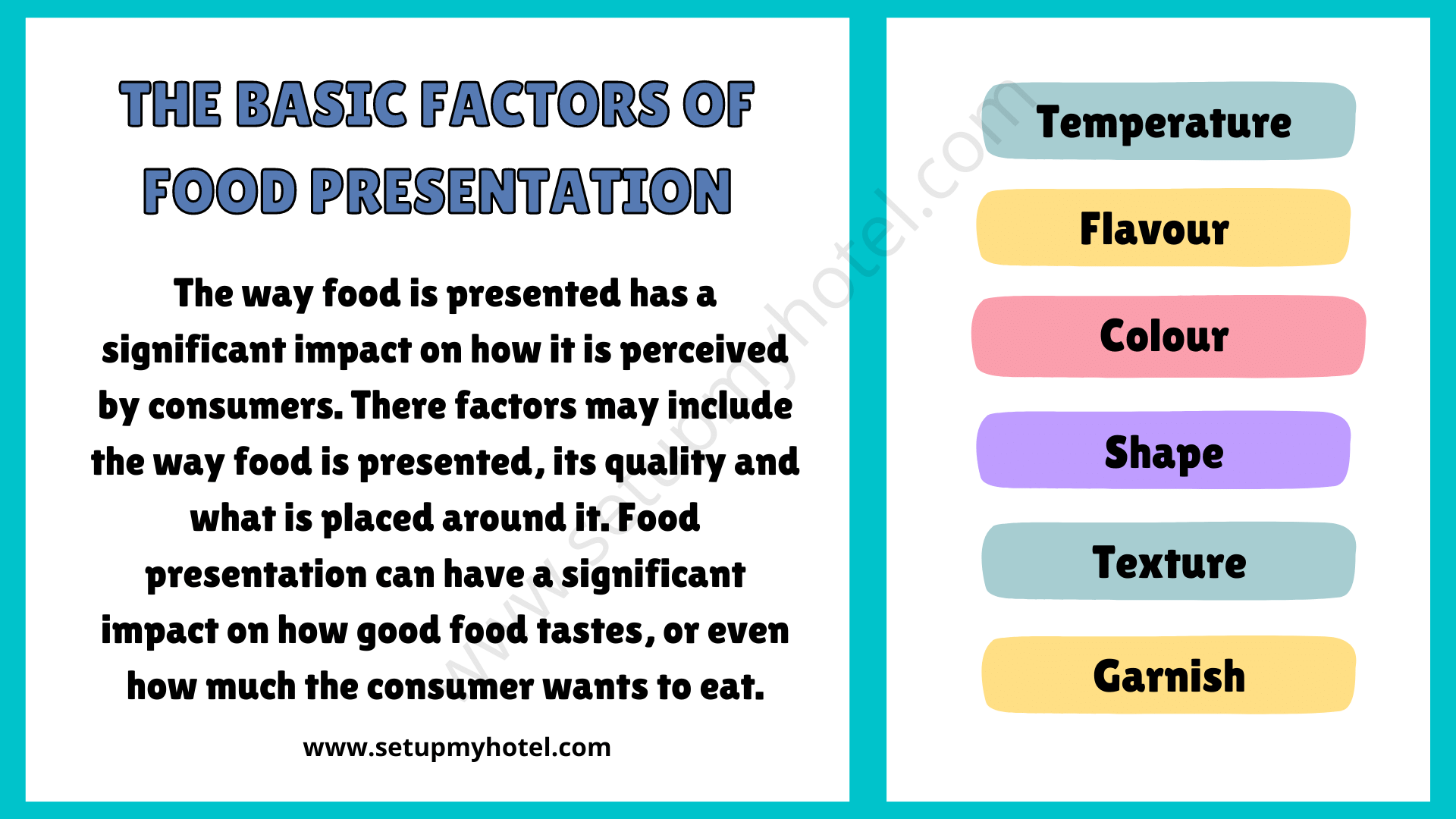
Basic Factors Of Food Presentation in the Hotel Industry The way food is presented has a significant impact on how ...
Read more
Uses Of Medium Duty Equipment In The Hotel Kitchen
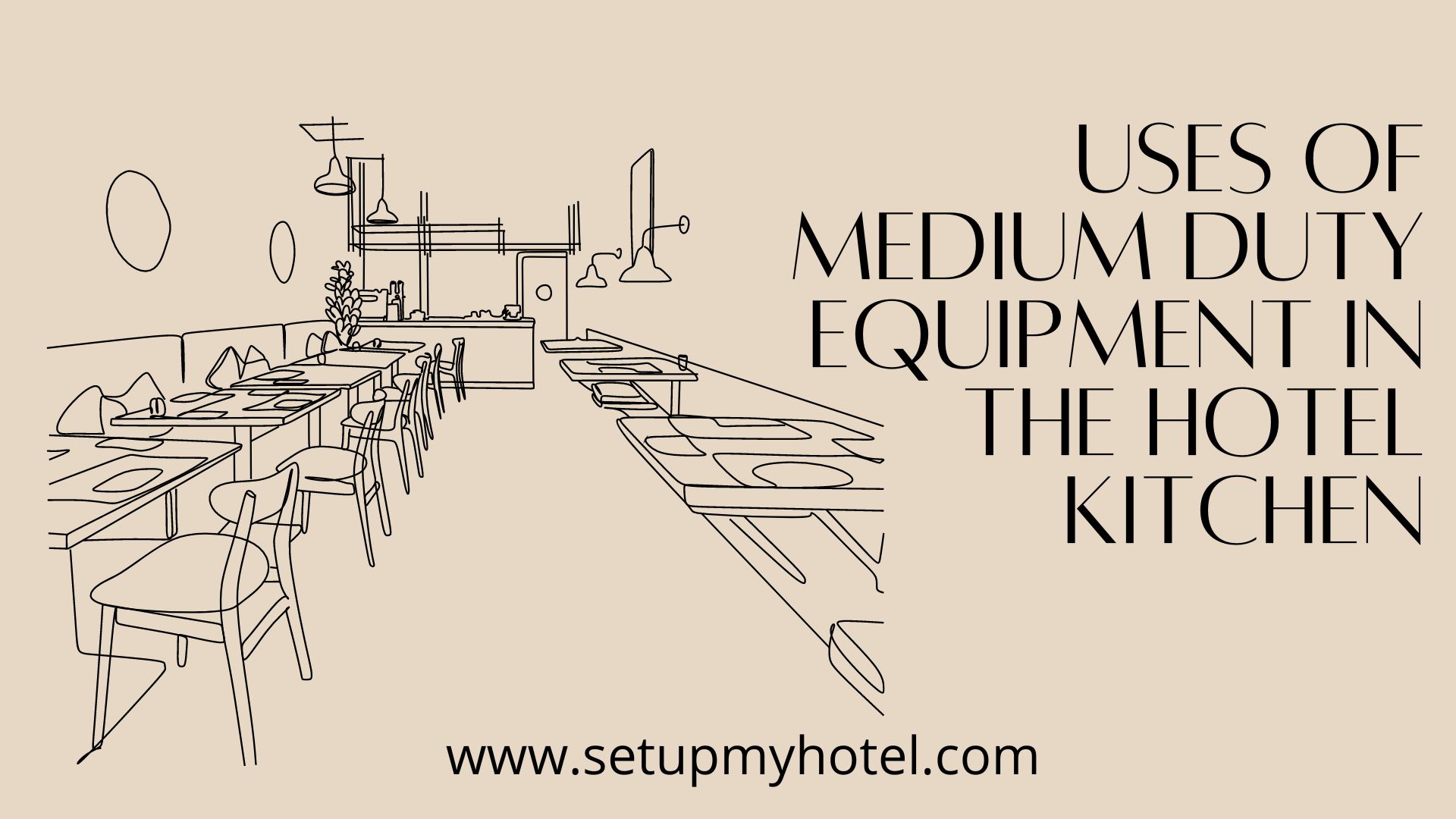
Uses Of Medium Duty Equipment In The Hotel Kitchen Medium-duty equipment is a necessary piece of hotel kitchen infrastructure. It ...
Read more
21 Basic Indian Masala And Pastes With Ingredients And Method
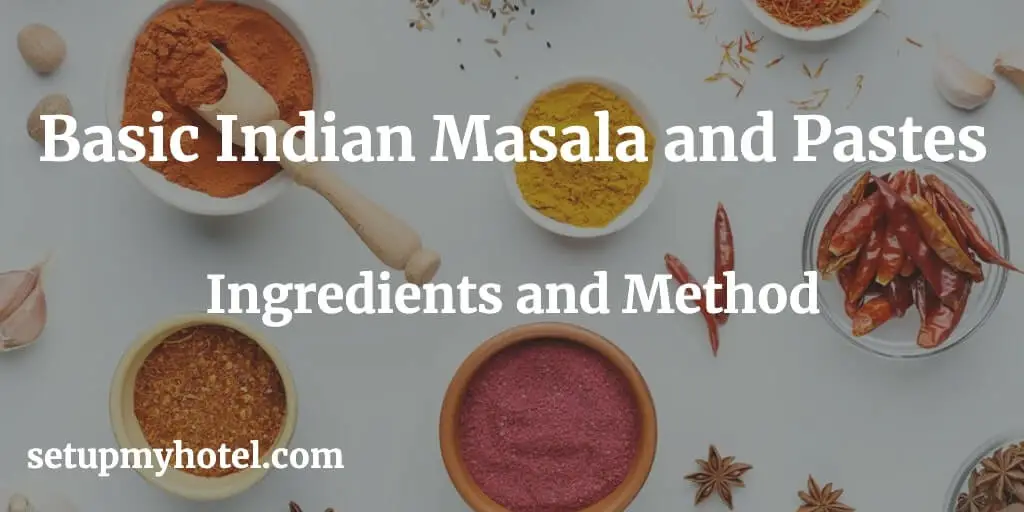
21 Indian Spices and Pastes: Basic Indian Masala List 1. Aamchoori Masala Ingredients for preparing 450 gms of Aamchoori Masala: ...
Read more
Key Baking Terms / Bakery Jargons Used In Hotel Kitchen | Culinary

Key Baking Terms Used in the Hotel Industry Albumen: The principal protein found in egg whites. Au gratin (oh-grah-tan): Foods with a ...
Read more










